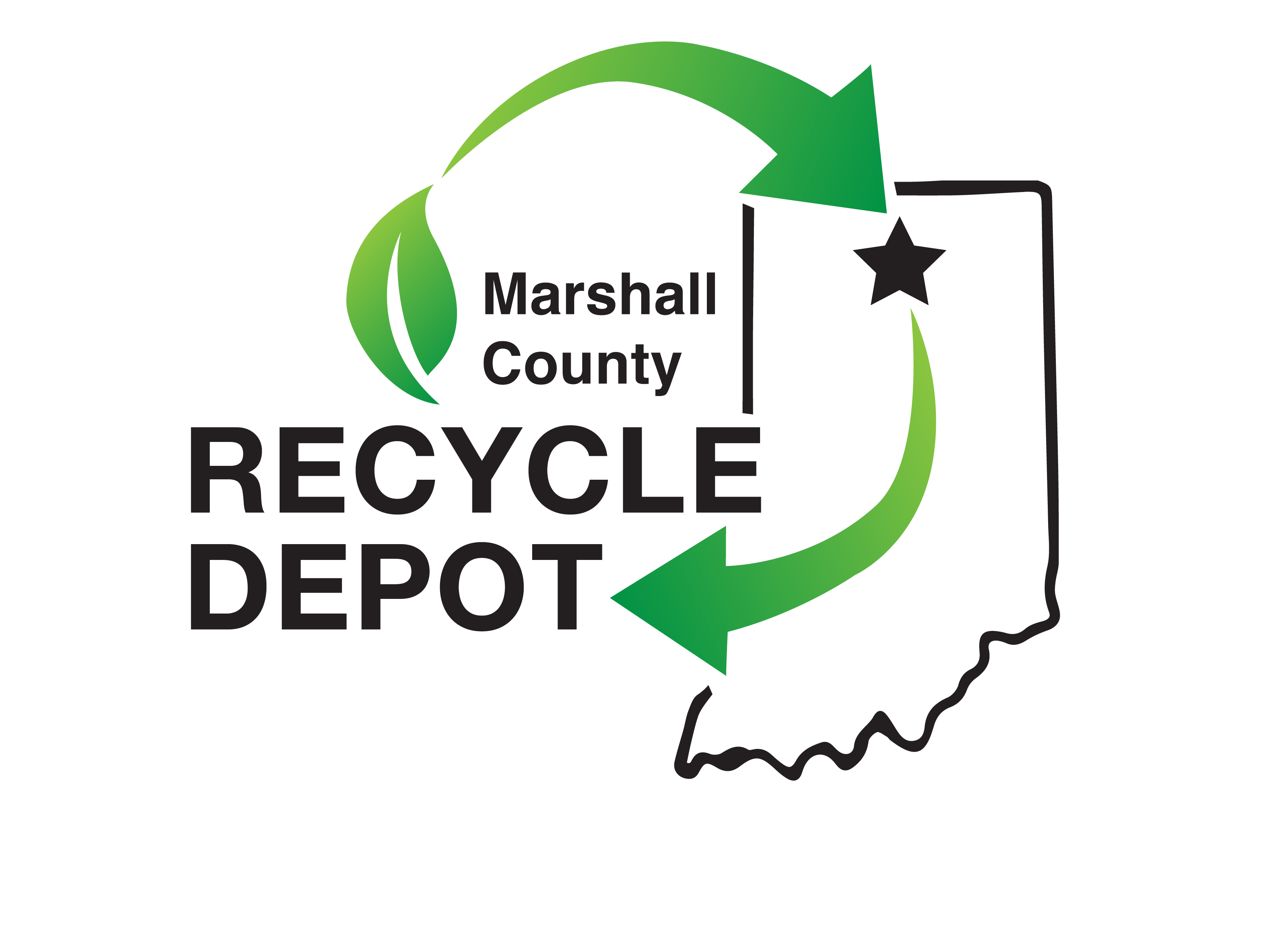What’s “sparking joy” for you lately?
Have you heard of the KonMari Method? Personified by Marie Kondo, an impossibly petite Japanese lady obsessed with organization, this method teaches that decluttering is not just a way to line up your socks, but a path to joy. According to her book “The Life-Changing Magic of Tidying Up: The Japanese Art of Decluttering and Organizing,” the KonMari Method encourages culling by category, beginning with clothes, then books, papers, komono (miscellaneous items), and, finally, sentimental objects. Kondo encourages her clients to keep only those things that speak to the heart, and discard items that no longer “spark joy.” Thank them for their service – like, verbally thank them – then let them go.
Kondo stars in her own Netflix show called “Tidying Up with Marie Kondo.” Hundreds of Pinterest pages are dedicated to her method. The term “spark joy” has entered the national lexicon. However, not everyone wants to part with their belongings. Bookworms have protested Kondo’s notion that they should let go of their entire libraries. A newspaper in Israel wondered if the Kon-Mari method could tidy up the Israeli-Palestinian conflict.
“Tidying up” is an understatement: her clients unload thousands of items at a time. An unexpected outcome of Marie Kondo’s popularity is that thrift stores nationwide are suddenly bulging with donations. Apparently, a lot of us have more than we can handle.
I have caught the show a few times and found it strangely moving. Watching Kondo coach her overwhelmed TV clients through their tidying reminds me of the summer of 2011, when my family had to shed three-quarters of our possessions to move into a smaller home. I was unprepared for the emotional impact of parting with our stuff. Kondo’s concept of thanking your possessions before letting them go sounds strange to Western ears, but it’s surprisingly effective. Humans are not wired to deliberately lose things, so the act of acknowledging gratitude for our knick-knacks, chipped china, and holey jeans makes it easier to part with them.
I wonder about the lasting impact of the Kon-Mari method on the lives of its disciples. It’s so easy to acquire more stuff nowadays—just a few clicks, and voila! After decluttering, I swore I was done with stuff, but maintaining a simple, sustainable lifestyle is harder than just occasionally cleaning out a closet.
When Kondo works with her clients, she has them take one type of item—for instance, articles of clothing—and put them all in a pile. The visual impact of a mountain of old clothes is stunning. Some clients weep with shame. Their transformation usually begins at that moment—the moment of seeing.
I think we earthlings are at a moment of seeing. Consider the movement to ban plastic straws, which took off after the video of the sea turtle with the straw up its nose went viral. The cynical among us shrug and say that banning one type of plastic item hardly makes a difference. What those folks don’t recognize is that it’s not the straws—it’s the awareness. It’s the seeing. It’s the connection between our actions and their consequences.
Seeing is not enough, though. Kondo’s clients weep at their excess, then she gently nudges them to get busy bagging up their stuff for donations. We need to get busy, too, thinking of ways to reduce the waste we make.
Try the KonMari Method. Make a list of categories. How many plastic bags did you bring home this month? What about tucking tote bags in your car or purse instead? What about the cheap shirt or blouse you bought on impulse? What about buying clothes of quality a couple times a year, then giving up shopping for a few months? Think about the fast food containers that you tossed on the way out the door after your lunch break. What if you took time on the weekend to pack your lunches, maybe made a big batch of soup on the weekend to take along?
One thing is certain: 100 percent of Kondo’s TV clients are happier after they take control of their lifestyle. Apparently living more lightly sparks joy. Try it!
